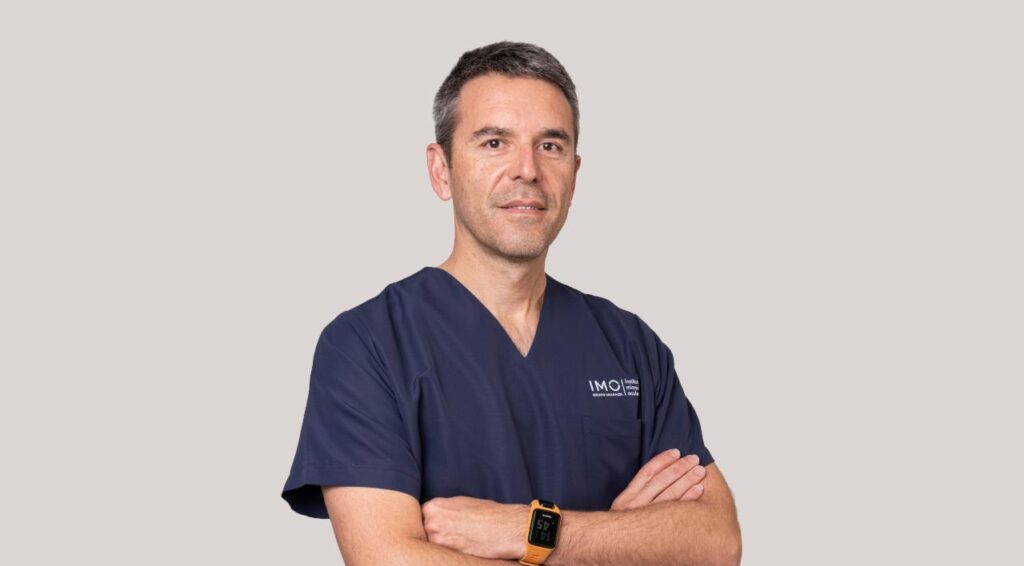
Patients with chronic eye disorders suffer the most from pandemic
IMO Grupo Miranza Madrid Medical Director Dr. Daniel Elies,was among the experts invited to take part in a conference on the impact of COVID-19 on ophthalmology. The conference was organised by the medical journal “Redacción Médica” in relation to the study “Eye Health During the Pandemic” prepared by Miranza via surveys of ophthalmologists and patients.
One of the main conclusions reached at the conference was the emergence of a new wave of chronic eye disorders due to 75% of Spaniards having failed to have their eyes examined in the preceding months. As a result, actions were not taken in a timely manner nor were necessary measures taken to slow vision loss caused by diseases such as glaucoma, AMD and diabetic retinopathy. According to Dr Elies, “If patients fail to have their eyes examined, we cannot know whether their disorders are progressing normally or if they are out of control and require different treatments.” This may lead to consequences that are often irreversible.
Risk groups in ophthalmology during the pandemic
Spanish Patient Forum President Andoni Lorenzo also took part in the conference, stating that “ophthalmological disorders are invisible in our society because people don’t talk enough about eye problems”. However, he adds that “there are nearly a million visually impaired people in Spain at this time, most of whom are senior citizens”. This demographic has also been affected by delays in procedures such as cataract surgery, and clinics are receiving “patients with very poor vision and at advanced stages, which makes it harder to provide treatment for their disorders”, explains the IMO Grupo Miranza specialist.
At the other extreme are children between 1 and 10 years of age, a period during which vision undergoes development. Something as simple as failure to prescribe suitable optical correction with eyeglasses may lead to the development of lazy eye, which cannot be corrected in adulthood.
In addition, among youngsters and many people of working age, we are seeing more cases of eye conditions related to the increased use of technology during the pandemic. Dry-eye symptoms are one example of this. In this sense, Dr Elies mentions “eye abuse”, referring to habits of up to 14 hours of screen time per day at distances of 0.5 to 2 meters, often in suboptimal conditions of light and surroundings.
Safe and innovative ophthalmology to deal with COVID-19
In order to maintain eye health in the best possible conditions, the experts attending the conference on ophthalmology and COVID-19 coincide in stressing the importance of not postponing ophthalmic check-ups. In this regard, José Antonio Gegúndez, a senior executive of the Spanish Society of Ophthalmology (SEO) and one of the authors who revised recommendations for ophthalmic practice during the pandemic, mentions the preventive measures that clinics are taking: from face masks, washing of hands and patient-reception areas with safety barriers to distancing within waiting rooms and diagnostic testing (PCR, antigens, etc.) of patients who are scheduled for ocular surgery.
Lastly, Máximo Gómez, general manager of Johnson & Johnson Surgical Vision for Spain, Italy and Portugal and another conference speaker, concludes that “the pandemic has clearly shown the value of R&D and has accelerated some existing trends such as telemedicine.” In keeping with this, we at Miranza promote research and teleconsultations and have tightened our focus on these areas over the last year.